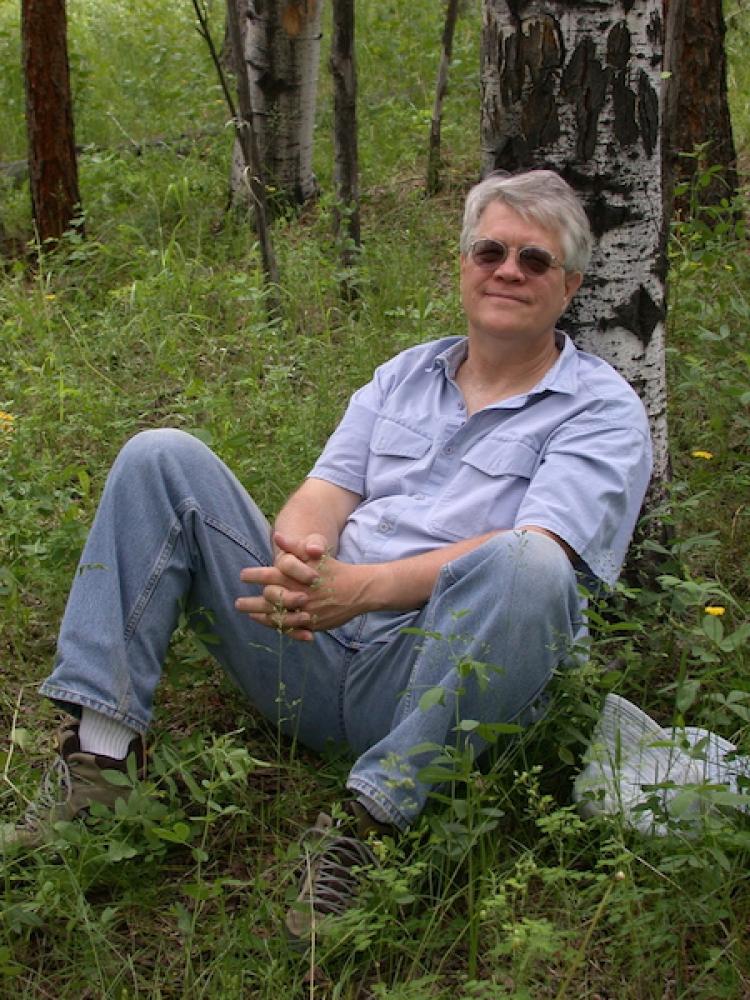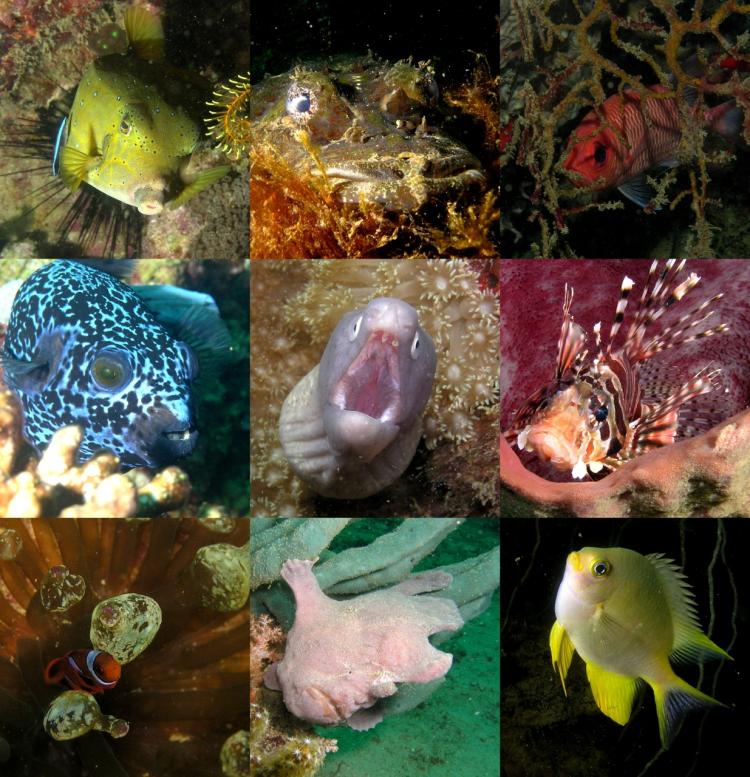Q&A: Colwell on cracking the biodiversity code

Robert Colwell
Robert Colwell, adjoint curator in entomology at the Museum of Natural History on campus, has a paper titled "Seen once or more than once: applying Good–Turing theory to estimate species richness using only unique observations and a species list" published today in Methods in Ecology and Evolution on using novel mathematical approaches to estimate the number of fish species on coral reefs.
We caught up with him to discuss his lifelong fascination with the Earth’s biodiversity, and his latest research, which could be applied to any species.
What captivated you about biodiversity?
I grew up on a working ranch in the Colorado Front Range, near Bailey, surrounded on three sides by Pike National Forest. My mom taught my sister and me the local native flora and fauna, and our dad instilled in us a respect for the land. Later, for my doctoral research at the University of Michigan, I studied insect biodiversity in Colorado and Costa Rica at several elevations. The challenge of estimating the number of species (species richness) and understanding why some places are species-rich and others species-poor has fascinated me ever since.
Does this research break new ground?
Over the past 30 years, my colleague in Taiwan, Anne Chao, and her students and collaborators have been at the forefront of developing statistical methods to estimate the true local species richness of a target group, such as plants, birds, insects, fish, etc., based on incomplete samples. Until now, these methods required us to know, at least, how many species in a local survey had been seen only once, how many were seen exactly twice and how many were recorded in any abundance. With our new method, only the list of species and the number of those species seen only once need be known to allow a remarkably accurate estimate. It was made possible by Anne’s groundbreaking extension of mathematical tools developed by Alan Turing to break the Nazi Enigma Code.
What are the direct applications of your work?

Fish in Borneo
Our work arose from a challenge posed by a British citizen scientist, Ditch Townsend, whose passion is studying the fish of tropical coral reefs. Based on his digital photographs of reef fishes from scores of dives in a marine national park in Borneo, he wanted to estimate how many more species he would be likely to see with further study on the same reef, knowing only how many species he had already recorded, and how many of those he had seen on only one dive. The new method speeds up censuses not only for reef fish—many now critically threatened by the effects of climate change—but also birds, plants and other species undergoing rapid changes in biodiversity and geographical distribution.
Why should the non-expert care about the number of fish species found in the world’s coral reefs?
Coral reefs and their inhabitants are ‘canaries in the coal mine’ for the effects of elevated CO2 in the atmosphere, which acidifies sea water, and elevated temperatures in the sea, which cause coral bleaching.
How is citizen science incorporated in this research, and why is that important?
Citizen science is not new. In fact, the British have long been renowned for the quality of work carried out by amateur naturalists. What is new in recent decades is the advent of true collaborations between professional scientists and citizen scientists, enabled in part by digital technology and particularly the internet. While most citizen scientists contribute observations, it is most unusual for a citizen scientist to collaborate with professional scientists in developing critical new methods, as Ditch has done. The website interface for our new method was largely designed by Ditch, based on his firsthand knowledge of what a citizen scientist would find useful and accessible:
What’s next?
We aim to publicize the simplicity, availability and utility of our new method to both citizen and professional scientists. Excitement is building, even before publication, among colleagues working on an ant census in Denmark being carried out by Danish elementary school children and a census of tropical moths in the Andes being planned by professional European entomologists.


